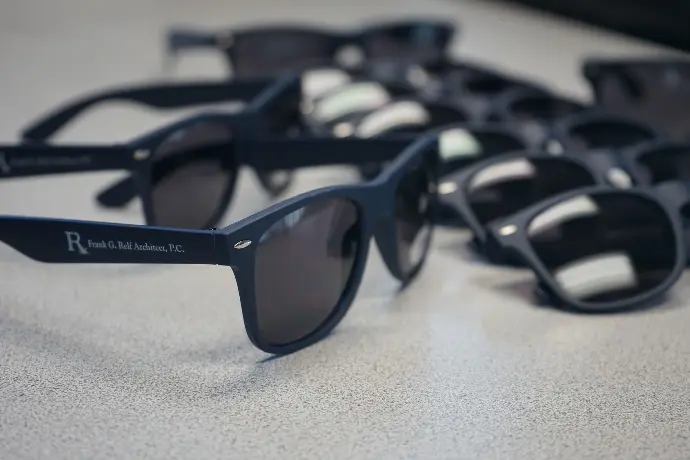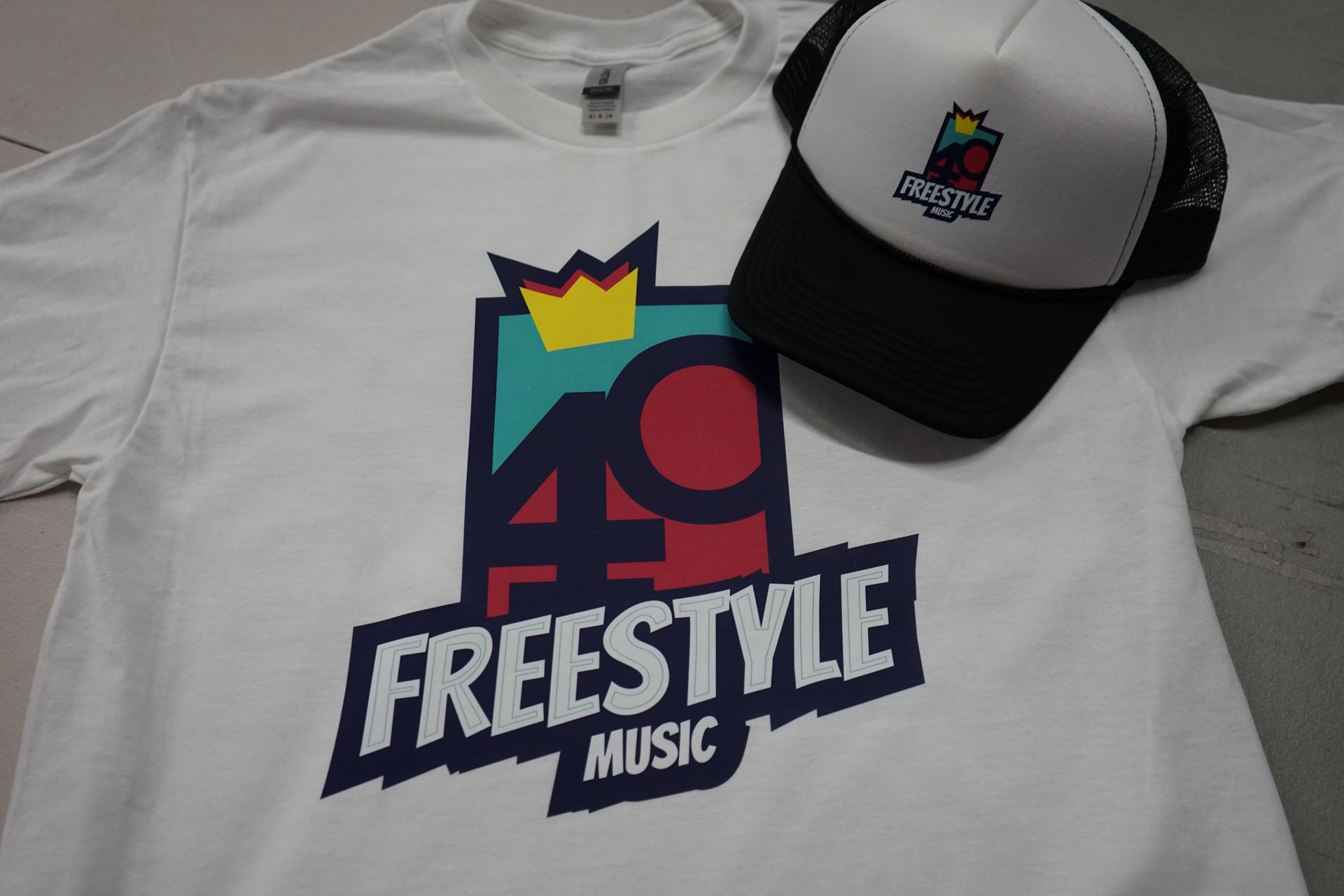In the world of marketing, sponsorship is a powerful tool. It can elevate your brand's influence and visibility.
But how do you navigate the complex landscape of sponsorship strategies? How do you ensure your brand stands out and resonates with your target audience?
This article aims to answer these questions. We will reveal the 'sponsorship secrets' that can lead to successful event sponsorship and brand partnerships.
We will also discuss how to use custom promotional products like giveaway t-shirts to make the most of sponsorship opportunities.
Whether you are a marketing professional, brand manager, event organizer, or business owner, you'll find actionable insights in this guide.

Understanding Sponsorship Strategies
Sponsorship strategies are a crucial part of marketing. They can help your brand gain exposure and connect with your target audience.
But what exactly is a sponsorship strategy?
In essence, it's a plan that outlines how your brand will use sponsorships to achieve its marketing goals. This could involve sponsoring events, teams, individuals, or even products.
The key to a successful sponsorship strategy is alignment. Your sponsorships should align with your brand values, target audience, and marketing objectives.
Here are some key elements to consider when developing your sponsorship strategy:
- Define your objectives
- Identify your target audience
- Research potential sponsorship opportunities
- Evaluate the benefits and costs
- Measure the impact
The Different Types of Sponsorships
There are several types of sponsorships. Understanding these can help you choose the right opportunities for your brand.
Financial sponsorships involve providing funds to support an event, team, or individual. In return, your brand gets exposure and promotional opportunities.
In-kind sponsorships involve providing products or services instead of cash. This could include providing equipment for an event or offering your services for free.
Media sponsorships involve partnering with a media outlet to promote an event or cause. This can provide your brand with significant exposure.
There are also cause-related sponsorships, where your brand supports a charity or cause. This can enhance your brand's reputation and demonstrate your commitment to social responsibility.
Setting Clear Objectives for Your Sponsorship
Setting clear objectives is the first step in developing a successful sponsorship strategy.
What do you want to achieve with your sponsorships? Are you looking to increase brand awareness, reach a new audience, or enhance your brand image?
Your objectives should be specific, measurable, achievable, relevant, and time-bound (SMART). This will help you evaluate the success of your sponsorships and make necessary adjustments.
Remember, your sponsorship objectives should align with your overall marketing goals. This ensures that your sponsorships contribute to your brand's broader objectives.
Identifying and Aligning with Your Target Audience
Knowing your target audience is crucial for any marketing strategy. It's no different with sponsorships.
Your target audience is the group of people most likely to be interested in your brand, products, or services. They are the ones you want to reach with your sponsorship efforts.
Understanding your target audience can help you identify the right sponsorship opportunities. For instance, if your target audience is young and tech-savvy, sponsoring a tech conference could be a good move.
Remember, the goal is to connect with your audience in a meaningful way. Your sponsorships should resonate with them and reflect their interests and values.
In short, aligning your sponsorships with your target audience can increase their effectiveness and help you achieve your marketing objectives.
Researching Events and Organizations That Match Your Brand Values
Finding the right events and organizations to sponsor is a key part of your sponsorship strategy.
Start by researching events and organizations that align with your brand values. If your brand is all about sustainability, for example, consider sponsoring a green initiative or event.
Look for opportunities that will allow your brand to shine and make a positive impact. This could be a local community event, a national conference, or even an international sports competition.
Remember, the goal is to find sponsorship opportunities that align with your brand, resonate with your target audience, and help you achieve your marketing objectives.
Leveraging Custom Promotional Products

Custom promotional products are a powerful tool in sponsorship strategies. They create a tangible connection between your brand and the audience.
These products can range from pens and mugs to t-shirts and tote bags. The key is to choose items that are useful and appealing to your target audience.
Custom promotional products can be distributed at events, given away as prizes, or used as incentives for engagement. They serve as a constant reminder of your brand long after the event is over.
Here are some tips for leveraging custom promotional products:
- Choose high-quality products that reflect your brand's image
- Ensure your logo and branding are clearly visible
- Consider the practicality and usability of the product
- Align the product with the theme of the event or sponsorship
- Use creative and unique designs to stand out
Designing Custom Merchandise and Giveaway Tees

Custom merchandise, especially giveaway tees, can be a hit at events. They offer a fun and interactive way to engage attendees.
Designing these items requires careful thought. The design should resonate with the event's theme and your brand identity.
The quality of the merchandise is also crucial. High-quality items are more likely to be used and appreciated by the recipients.
Lastly, ensure your brand logo and message are clearly visible. This way, every time the item is used, it serves as a reminder of your brand.
Maximizing Sponsorship Opportunities
Sponsorship opportunities are not just about financial support. They are a chance to showcase your brand, engage with your target audience, and build lasting relationships.
To maximize these opportunities, you need to be strategic. Start by identifying events and organizations that align with your brand values.
Next, consider the type of sponsorship that would best serve your objectives. This could be financial, in-kind, or media sponsorship.
Here are some tips to maximize sponsorship opportunities:
- Develop a compelling sponsorship proposal
- Leverage social media to amplify your sponsorship efforts
- Create a narrative that connects your brand to the sponsorship event or partner
- Offer exclusive giveaway tees as a means to engage attendees and extend brand reach
- Foster long-term relationships with sponsorship partners for future collaborations
Utilizing Social Media and Digital Platforms
Social media and digital platforms are powerful tools for amplifying your sponsorship efforts. They allow you to reach a wider audience and engage with them in real-time.
You can use these platforms to promote the event, share behind-the-scenes content, and interact with attendees.
Remember to use relevant hashtags and tag the event or organization in your posts. This will increase the visibility of your content.
Lastly, consider using live streaming or virtual reality to bring the event to those who couldn't attend in person. This can significantly extend your reach and impact.
Measuring the Impact of Your Sponsorship
Measuring the impact of your sponsorship is crucial. It helps you understand if your efforts are paying off.
Start by defining what success looks like for your brand. This could be increased brand awareness, more leads, or higher sales.
Next, set up tracking systems to measure these outcomes. This could involve using analytics tools, surveys, or sales data.
Finally, analyze the data to identify trends and insights. This will help you refine your sponsorship strategies moving forward.
Fostering Long-Term Brand Partnerships
Long-term brand partnerships can amplify the impact of your sponsorship. They provide a platform for ongoing collaboration and mutual growth.
To foster these partnerships, focus on building relationships. This involves regular communication, mutual respect, and shared goals.
Also, be open to feedback and learning. This will help you improve your sponsorship strategies and deliver better results.
Finally, remember that partnerships are a two-way street. Both parties should benefit from the relationship.
Building Relationships and Exploring Cross-Promotional Opportunities
Building relationships is key to successful sponsorships. It involves understanding your partner's needs and aligning your goals.
One way to build relationships is through cross-promotional opportunities. This could involve co-hosting events, sharing content, or offering joint promotions.
These opportunities can increase your brand's visibility and reach. They can also provide added value to your audience.
Remember, the goal is to create a win-win situation. Both you and your partner should benefit from the relationship.
Conclusion: Integrating Sponsorship into Your Overall Marketing Strategy
Sponsorship is not a standalone strategy. It should be integrated into your overall marketing plan. This ensures consistency in your brand messaging and maximizes impact.
Consider how sponsorship can complement your other marketing efforts. For instance, it can amplify your social media campaigns, enhance your PR efforts, or support your content marketing strategy.
In conclusion, effective sponsorship strategies can elevate your brand's influence. By understanding your audience, crafting compelling proposals, leveraging promotional products, and fostering long-term partnerships, you can maximize
Explore our past blogs to discover the best branding methods for your logo. Dive into branding strategies now! Here
Sponsorship Secrets Elevating Your brands Influence